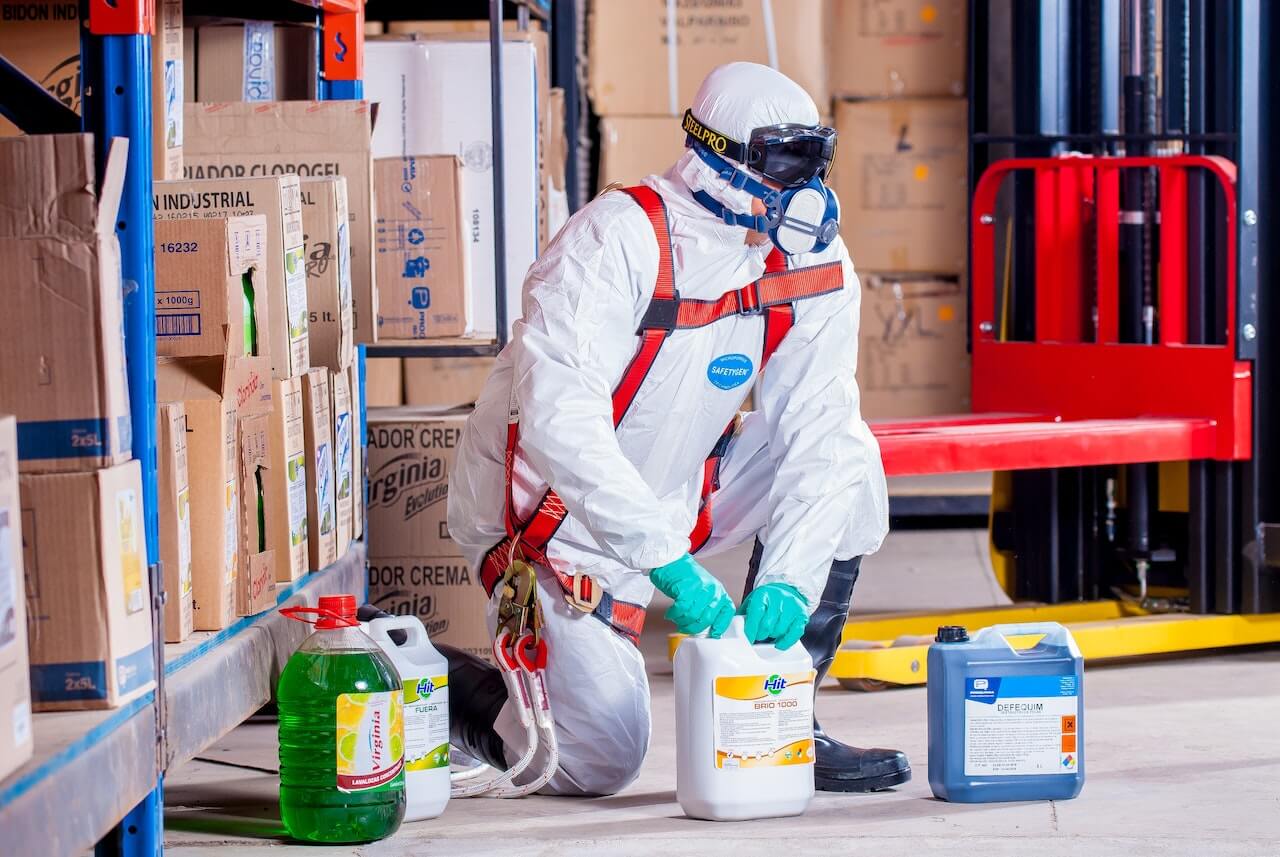The Hidden World of Dangerous Goods Storage: Singapore’s Critical Safety Infrastructure
 Posted On
Posted On
The management of dangerous goods warehousing in Singapore represents one of the most critical yet overlooked aspects of the nation’s impressive logistics infrastructure. Behind the gleaming façade of this global trade hub lies a complex network of specialised facilities designed to safely contain materials that could, if mishandled, cause devastating harm to people and the environment. The balance between commercial efficiency and absolute safety creates a fascinating tension that defines this essential industry.
What Qualifies as Dangerous Goods?
When we speak of dangerous goods, we’re referencing items that present significant hazards during transportation, storage, or handling. The United Nations has established nine distinct classes:
- Class 1: Explosives
- Class 2: Gases (flammable, non-flammable, toxic)
- Class 3: Flammable liquids
- Class 4: Flammable solids
- Class 5: Oxidising substances and organic peroxides
- Class 6: Toxic and infectious substances
- Class 7: Radioactive materials
- Class 8: Corrosive substances
- Class 9: Miscellaneous dangerous goods
Each category demands its own handling protocols, storage requirements, and emergency response procedures. As one Singapore safety inspector told me, “The most dangerous item in a warehouse is often complacency, not the chemicals themselves.”
Singapore’s Rigorous Regulatory Framework
What distinguishes Singapore from many other logistics hubs is its uncompromising regulatory environment. The Singapore Civil Defence Force (SCDF) and the National Environment Agency (NEA) work in concert to establish and enforce some of the most stringent safety standards in the world.
The island nation’s approach combines frequent inspections with severe penalties for non-compliance. A warehouse manager with twenty years of experience noted, “In Singapore, cutting corners on safety isn’t just irresponsible—it’s financially ruinous. The system is designed to make safety the only economically viable option.”
Architectural and Technological Innovations
The modern dangerous goods warehouse in Singapore bears little resemblance to conventional storage facilities. These buildings represent marvels of specialised engineering, incorporating:
- Compartmentalised storage areas with fire-resistant barriers
- Sophisticated ventilation systems that prevent the accumulation of hazardous vapours
- Automated temperature and humidity controls tailored to specific chemical properties
- Spill containment systems capable of preventing environmental contamination
- Real-time monitoring technology that alerts personnel to the slightest deviations from safety parameters
“Our warehouses don’t just store dangerous goods—they actively manage risk through design,” explains a leading Singapore-based safety consultant. “Every architectural element serves a safety function.”
The Human Element: Training and Safety Culture
While technology provides the foundation, it’s the human element that ultimately determines safety outcomes. Personnel working in dangerous goods warehouses undergo rigorous training that extends far beyond basic handling procedures.
The culture of safety within these facilities strikes visitors immediately. Workers commit to memory complex emergency protocols and participate in regular drills that simulate worst-case scenarios. Psychological training helps teams maintain calm during high-pressure situations where panicked reactions could amplify dangers.
A warehouse safety trainer with whom I spoke emphasised, “We’re not just teaching procedures—we’re cultivating a mindset where safety becomes as natural as breathing.”
Economic Significance and Global Positioning
The dangerous goods warehousing sector contributes significantly to Singapore’s economy, with estimates suggesting it represents nearly 7% of the nation’s logistics GDP. This specialisation has positioned the island nation as a preferred hub for pharmaceutical companies, petrochemical giants, and advanced manufacturing firms requiring secure handling of sensitive materials.
“Singapore’s reputation for safety excellence creates a virtuous economic cycle,” explains a trade economist I interviewed. “The premium clients who require these facilities tend to be those with high-value goods and long-term investment horizons. They’re willing to pay for perfection, and that drives further innovation.”
The knock-on effects extend throughout the economy, with specialised insurance providers, safety consultancies, and training academies flourishing in this ecosystem. During the pandemic, these facilities proved especially crucial, handling the surge in demand for medical supplies, vaccines, and sanitation chemicals with remarkable efficiency.
Environmental Considerations
Beyond immediate safety concerns, Singapore’s dangerous goods facilities increasingly focus on environmental responsibility. The nation’s limited land mass means that contamination risks must be managed with particular vigilance.
Modern facilities incorporate:
- Advanced filtration systems for air emissions
- Wastewater treatment capabilities
- Energy-efficient cooling and monitoring systems
- Sophisticated waste management protocols
The Future: Integration and Innovation
The future of dangerous goods storage in Singapore points toward greater integration with digital technologies. Artificial intelligence and predictive analytics are beginning to transform how hazards are anticipated and managed.
Blockchain technology offers promising applications for tracking dangerous goods throughout their lifecycle, ensuring regulatory compliance at every stage. Meanwhile, robotics increasingly handle the most hazardous tasks, reducing human exposure to potential risks.
“The next frontier isn’t just about safer storage—it’s about smarter storage,” notes a technology consultant specialising in logistics safety systems. “Singapore is uniquely positioned to lead this evolution.”
Conclusion
The sophisticated ecosystem of dangerous goods management in Singapore reveals much about the nation’s approach to development: meticulous planning, unwavering commitment to safety, and a willingness to invest in specialised infrastructure. While rarely glimpsed by the public, these facilities represent essential components of the supply chains that sustain modern life. For businesses navigating the complexities of global trade involving hazardous materials, few places offer the combination of stringent oversight and operational excellence found in a dangerous goods warehouse Singapore.


